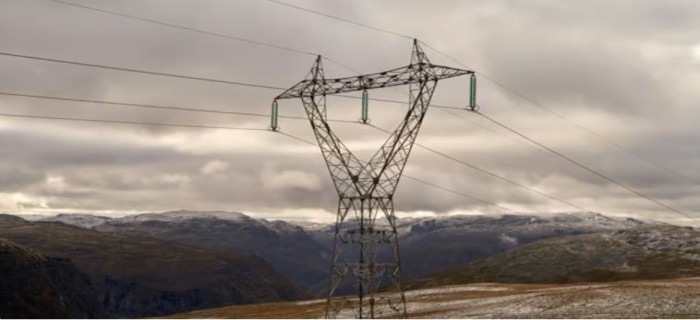
India's Power Demand to Hit 708 GW by 2047, Aiming for 2100 GW Capacity with 500 GW Renewables
16 Oct 2024
India's power demand is projected to rise to 708 GW by 2047, requiring a fourfold increase in current capacity to 2100 GW, stated Union Power Minister Manohar Lal during a brainstorming session on the Indian Power Sector scenario 2047 in New Delhi. "We expect our power demand to hit 708 GW by 2047. To meet this demand, we must expand our capacity to 2100 GW," the minister highlighted, underscoring the need for a comprehensive transformation of the energy sector.
The two-day conference, hosted by the Central Electricity Authority (CEA) in collaboration with FICCI, CBIP, and other stakeholders, outlined India’s strategy to meet its growing energy needs while shifting to cleaner energy sources. “This is not just about increasing capacity; it's about redefining our entire energy landscape,” stated Manohar Lal.
Renewable energy is a central element of the government's strategy. "We aim to reach an ambitious target of 500 GW of non-fossil energy capacity by 2030, which will double our current capacity," the minister noted. He also emphasized that this goal aligns with India's pledge to reduce carbon emissions by one billion tons by 2030 and to achieve net-zero emissions by 2070.
The CEA launched the National Electricity Plan during the event, detailing the transmission infrastructure required to accommodate 500 GW of renewable energy by 2030, with plans to increase this capacity to over 600 GW by 2032. The plan includes substantial investments in cutting-edge technologies, including the integration of 10 GW of offshore wind farms, 47 GW of battery energy storage, and 30 GW of pumped storage facilities. The minister underscored the government's efforts to secure investments totalling ?9 lakh crore for the transmission sector.



leave your comment